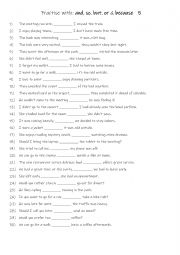
|
A1+- A2 Practise with and, so, but, or & because 5
First, students need to familiarise themselves with the 5 linkers and their usage. Then they read the sentences to see which one is needed to complete the gap-fill. Each conjunction is used 6 times! Answers on page 2.
Level: elementary
Age: 8-100
Type:
Downloads: 113
|
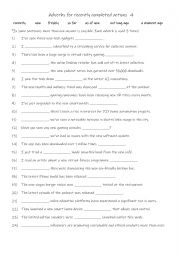
|
7 Adverbs for recently completed actions 4
First, students need to familiarise themselves with the 7 adverbs. Then they read the sentences to work out which one is needed to complete the gap-fill. Each adverb is used 3 times! Answers on page 2
Level: elementary
Age: 8-100
Type:
Downloads: 113
|
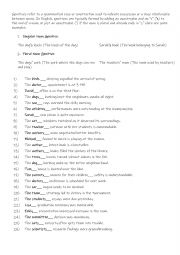
|
Singular and Plural genitives
This worksheet is suitable for A2-B1 level students. Genitives refer to a grammatical case or construction used to indicate possession or a close relationship between nouns. In English, genitives are typically formed by adding an apostrophe and an "s" (�s) to the end of a noun, or just an apostrophe (�) if the noun is plural and already ends in...
Level: elementary
Age: 8-100
Type:
Downloads: 112
|
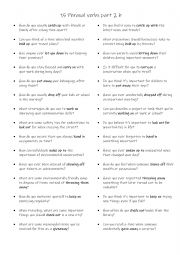
|
15 Phrasal verbs part 2 b worksheet
This is a speaking reinforcement activity for the phrasal verbs in Part 2 a. It contains 2 questions for each of the 15 phrasal verb. Suitable for pair work or small groups.This worksheet is suitable for CEFR A2-B1 level students.
Level: elementary
Age: 10-100
Type:
Downloads: 112
|
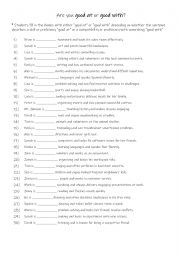
|
A2-B1 Are you good at or good with?
Students fill in the blanks with either good at or good with depending on whether the sentence describes a skill or proficiency good at or a compatibility or proficiency with something good with. Answers on page 2.
Level: intermediate
Age: 10-100
Type:
Downloads: 112
|
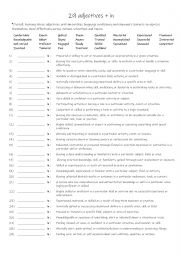
|
29 adjectives + in
Using specific adjectives helps learners articulate their proficiency and involvement in various activities more precisely. Practicing these adjectives in context improves fluency and naturalness in speech and writing. Proficiency in describing skills and experiences is beneficial for CVs, job interviews, academic writing, and professional networki...
Level: advanced
Age: 15-100
Type: worksheet
Downloads: 112
|
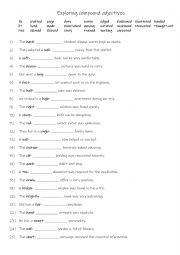
|
B1-B2 Exploring compound adjectives 1 (1)
Students read the sentences and complete the gap-fill with one of the adjectives in bold. Answers on page 2.
Level: intermediate
Age: 12-100
Type:
Downloads: 112
|
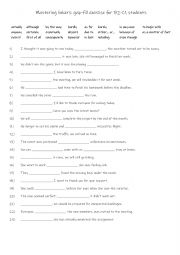
|
Mastering linkers gap-fill exercise for B2-C1 students 1
Linkers help to connect ideas smoothly within and between sentences, making writing and speaking more coherent and easier to follow. By using linkers effectively, students can clarify relationships between ideas, such as cause and effect (e.g., �due to,� �because of�) or contrast (e.g., �although,� �even though�), making their arguments and explana...
Level: advanced
Age: 12-100
Type:
Downloads: 112
|
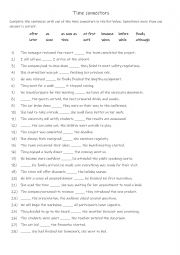
|
14 Time connectors
Students complete the sentences using one of the fourteen connectors.This worksheet is suitable for B1-B2 level students. Answer on page 2
Level: intermediate
Age: 10-100
Type:
Downloads: 112
|
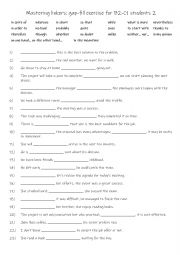
|
Mastering 23 different linkers gap-fill exercise for B2-C1 students
Learning these 23 linkers is essential because they enhance student�s ability to connect ideas, add variety to their writing and speaking, and make their communication more precise and coherent. By mastering these linkers, students can improve the clarity, fluency, and persuasiveness of their communication in both written and spoken English at ad...
Level: advanced
Age: 12-100
Type:
Downloads: 112
|












